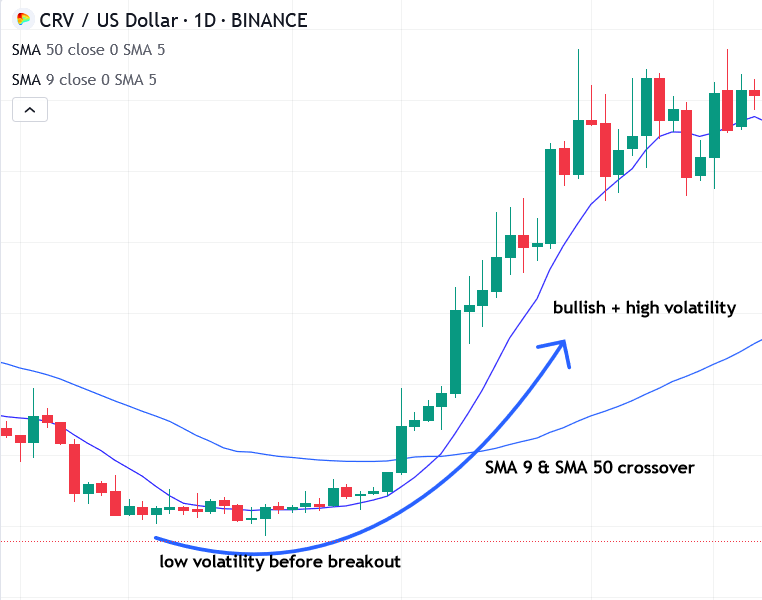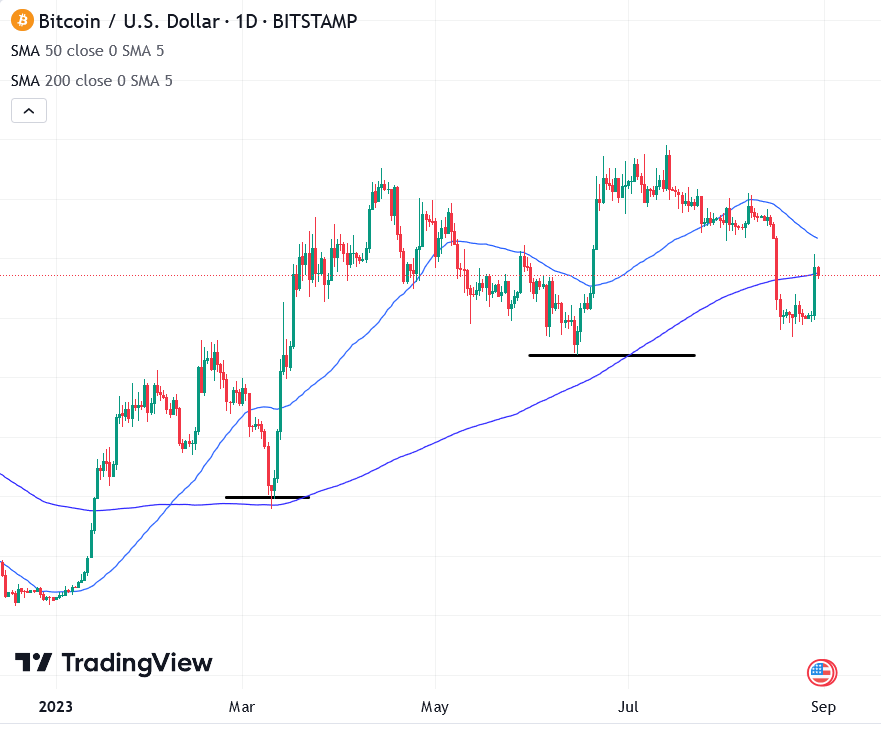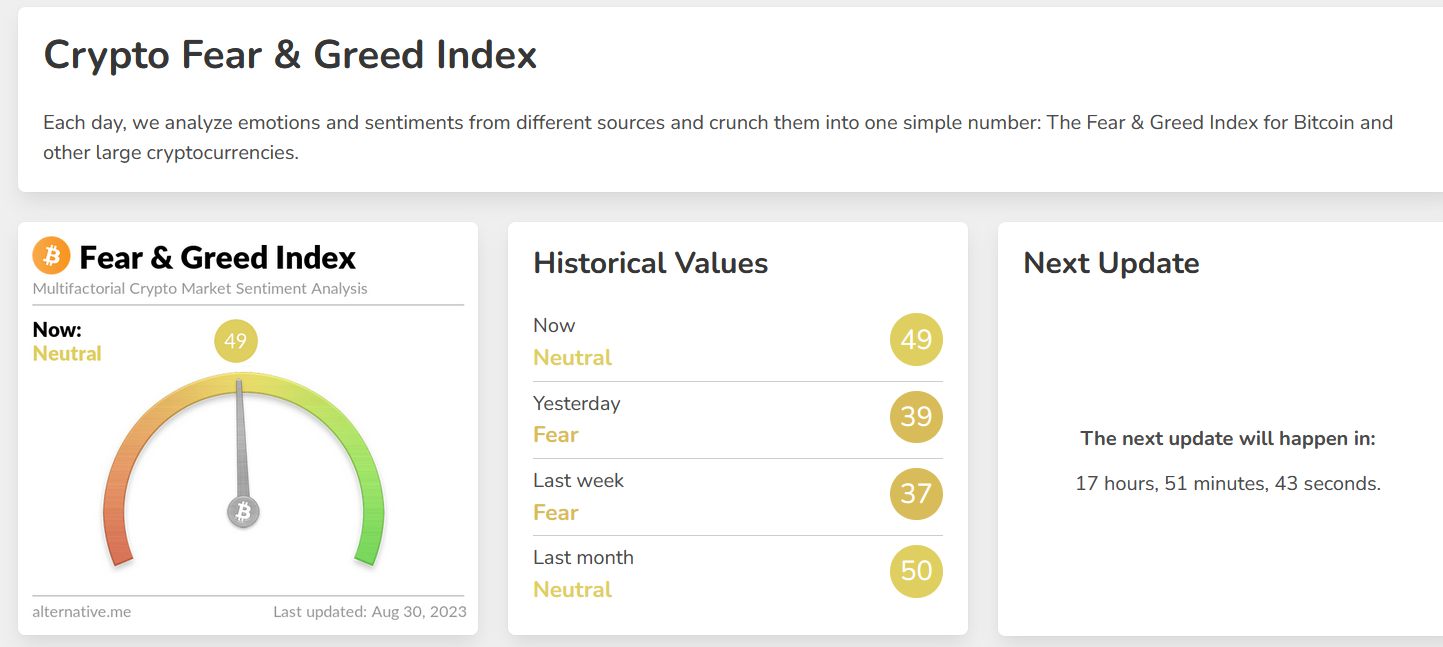When done correctly, anyone can make money in the crypto market using the right cryptocurrency trading strategy. In 2021, there were at least 32,500 self-made “crypto millionaires” who either got lucky holding an undervalued crypto asset or worked hard and practiced extensively to hone their crypto trading strategies until trading became second nature.
If you’re looking to make a quick buck, this guide is not for you. Smart money investors don’t rely on luck or high IQ; instead, they emphasize discipline and hard work. With the right attitude, discipline, and analytical tools, anyone can ride the crypto market’s volatility and consistently make a profit while managing their losses effectively.
Crypto Trading vs. Traditional Asset Trading
Before delving into cryptocurrency trading strategies, let’s understand the primary differences between trading cryptocurrencies and traditional assets like stocks, futures, commodities, forex, binary options, indices, and bonds.
Regulatory control over the market
Cryptocurrencies are essentially digital assets backed purely by market demand. The crypto market is borderless and free from direct regulatory influence. If a regulator decides to halt crypto trading in one part of the world, the rest of the world continues without disruption.
On the other hand, traditional asset markets can be directly influenced by regulators. For example, if the SEC accuses a well-known US company of securities fraud, its stock could be delisted from major stock exchanges. While delisting of crypto assets has occurred on centralized exchanges, trading of that particular asset may continue on decentralized exchanges if there is still demand from traders.
Market maturity and volatility
Maturity, which refers to how long an asset has been in the market, can directly correlate with volatility, although not always. Assets that have been in the market longer tend to gain more trust, especially if they consistently perform well. Moreover, as more investors buy into an asset, it tends to become less volatile.
Bitcoin, the oldest cryptocurrency, has been around since 2009 and has outperformed every other asset on the planet by a significant margin. This has given Bitcoin an edge as investors have put their trust in this novel asset. It is also the least volatile among cryptocurrencies, comparable to a low-to-mid cap stock.
Fundamental analysis
While traditional assets are backed by companies or organizations, cryptocurrencies lack such backing and are disconnected from traditional financial metrics. Nevertheless, fundamental analysis can still be applied to cryptocurrencies using different tools and metrics.
The most common way to perform fundamental analysis on any crypto is by looking at on-chain metrics. Crypto transactions are transparent and traceable due to blockchain technology, allowing investors to analyze financial activities in a network of crypto users. By examining on-chain metrics, such as exchange inflows, one can gain insights into whether investors are planning to sell their crypto or accumulating it. In the future, we’ll delve further into crypto fundamental analysis.
Two Major Groups for Crypto Trading Strategy
Crypto trading strategies come in numerous forms, but for simplicity, we’ll discuss the common ones, categorized into two groups: passive and active.
Passive Crypto Trading Strategies
Passive strategies involve staying in the market for longer periods, disregarding short-term price volatility. The classic “buy-and-hold” or “HODLing” involves holding cryptocurrency for the long term, irrespective of short-term fluctuations.
A more sophisticated passive approach is dollar-cost averaging (DCA), where investors buy crypto assets for the long term at a consistent rate. For instance, an investor wanting to buy $10,000 worth of Bitcoin over five years can commit to purchasing $166 worth of Bitcoin per month. This strategy anticipates buying Bitcoin at varying prices, resulting in a lower floating loss throughout the investment journey.

Passive strategies allow investors to automate their investments and maintain their normal routines without frequent trading decisions, making them suitable for busy individuals.
Active Crypto Trading Strategies
For those with the time, the right tools, and the right social network, active crypto trading strategies offer the potential for higher profits but involve more risk.
Day Trading
Day traders buy and sell cryptocurrencies within the same day, making frequent trades to profit from short-term price movements.
Swing Trading
Swing traders hold positions for a few days to weeks, actively monitoring the market to capture short- to medium-term price swings. This strategy often uses indicators such as the RSI and Volume to gauge when the market is about to break out of its pattern, giving traders the full advantage of being early into a position.

Trend Following
Traders following this strategy actively analyze market trends and enter positions in the direction of the prevailing trend. Not many traders have the ability (or luck) to spot a reversal trend. In this case, traders simply follow the trend that’s already moving.

Altcoin Season Strategies
Traders actively monitor the market for altcoin seasons and take positions in altcoins that experience significant price surges. Bitcoin is often dubbed as the leader of the crypto world. When Bitcoin’s price goes up and stabilizes, other coins (alt-coins) often follow suit. This following dynamic creates a cycle where “altcoin seasons” would typically emerge after Bitcoin’s rise.
Sentiment Analysis
Traders using sentiment analysis actively monitor social media and news to gauge market sentiment and make timely trading decisions. Social media has been proven to be impactful on the crypto market. As the crypto market isn’t as mature and well-regulated as traditional assets, positive or negative news can spread like wildfire, influencing the emotions of investors at any moment.

Algorithmic and Bot Trading
Active traders often use automated trading bots and algorithms to execute frequent trades based on predefined strategies. However, this is not classified as a passive trading strategy because the bots (or rather the program executing the trades) must be monitored and calibrated for it to be able to adapt to an ever-changing market condition.
Arbitrage Trading
Arbitrage traders buy an asset from one market where it’s cheaper and sell it on another market where it’s more expensive. This is typically done within seconds as the trader relies more on the price discrepancy between two markets, rather than the price difference across time.
It’s important to note that arbitrage trading should be executed by bots and employ algorithms too. Without this, there’s a greater chance of an error and unnecessary financial loss.
The takeaways
The cryptocurrency market offers numerous opportunities for smart money investors to profit from its volatility. Whether you choose passive strategies like HODLing or DCA, or opt for active approaches like day trading, swing trading, trend following, altcoin season strategies, sentiment analysis, or algorithmic and bot trading, success lies in discipline, hard work, and using the right analytical tools.
Remember, the crypto market is unique and requires a different approach than traditional asset markets. By understanding the market’s nature, employing proper strategies, and staying informed about the latest developments, investors can navigate the crypto landscape with confidence and potentially reap substantial rewards.





